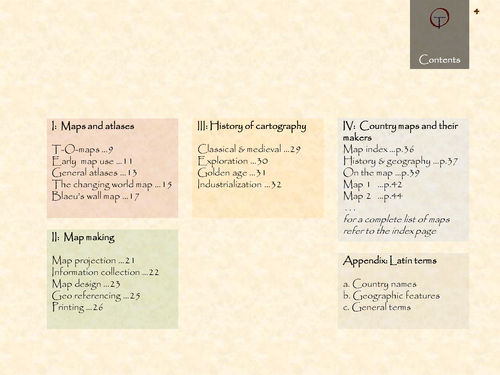






















Wales in 44 historical maps: 1150-2018 (134 pages).
The name Wales (and Welsh) derives from the Germanic root Walh (plural Walha). The name refers to the Celtic tribes known to the Romans as Volcae, being used to identify all Celtic inhabitants of the Roman Empire. The Welsh name for Wales is Cymry. The word is descended from the Brythonic word combrogi, meaning “fellow-countrymen”. The Latinised form is Cambria. It has survived in various geographical names; e.g. the Cambrian Mountains, which cover much of Wales. (They also gave their name to the Cambrian geological period.) The name Cambria was also used on the earliest printed maps of Wales, at the end of the 16th century. On later maps it would become Wallia (Latin) and Wales (modern English).
Something went wrong, please try again later.
This resource hasn't been reviewed yet
To ensure quality for our reviews, only customers who have purchased this resource can review it
Report this resourceto let us know if it violates our terms and conditions.
Our customer service team will review your report and will be in touch.